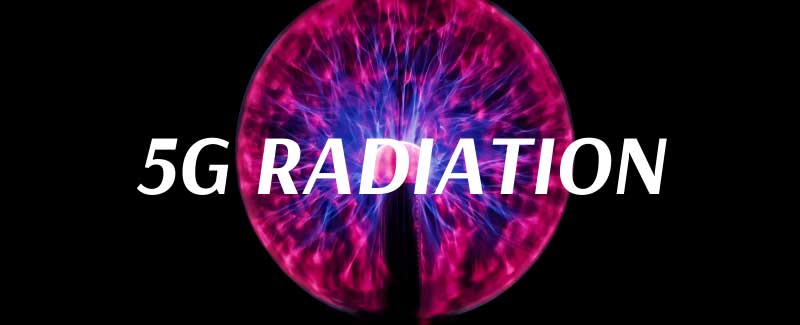This article discusses the topic of 5G radiation. It is a non-ionizing type of electromagnetic radiation. Since 5g radiation symptoms is small, it does not possess the capability of breaking the chemical bonds of biological tissues or cause any changes to cells. It isn't known if 5G radiation affects the risk of skin cancer, and there is no evidence that has been discovered to suggest that it could cause other disease.
Millimeter-wave radiation with high frequency
High-frequency millimeter wave radiation from mobile devices and wireless networks could cause adverse health effects for human beings. There are many ways in which this radiation could be harmful. In certain instances, the radiation can cause damage to the person's DNA. In other instances it could cause damage to other parts of the body, including the brain.
Recent studies have shown that 5G technology may induce tissue heating. In the aftermath, researchers from the International Council on Non-Ionizing Radiation Protection (ICNIRP) has called for a review of the existing thermal and biological safety standards. The current exposure standards do not protect people from excessive heating when exposed to millimeter wave pulses.
Skin cancer risk
There isn't a definitive answer to the issue of whether radiation from 5G causes skin cancer. However, it is believed that 5G RF-EMFs behave as high-LET ionizing radiations. In turn, they can produce high levels of free radicals within the skin. The FCC has not yet issued any specific guidelines regarding the risks of 5G technology, and the debate continues.

Although there has been a variety of studies on the effects of radio waves with higher frequencies on the human body however, their research has been small in the scope. However, there is concern over the effects of millimeter-wavelength exposure on oxidative stress and gene expression. These effects could be extended to the skin as well as other organs, such as the brain.
Influence on other diseases
The latest generation of technology for wireless, 5G, is rapidly growing in popularity, but scientists are warning of its potential health hazards. The technology will significantly increase the quantity of electromagnetic radiation that is found in our surroundings. This issue has led to debates in a variety of countries, including Switzerland. In 5g towers radiation and scientists have backed a motion to put a moratorium on 5G deployment. The motion was not taken seriously by the European Commission, which is in charge of monitoring the use of 5G technology.
As a result there is a need for more research to determine the health impacts of 5G. However, studies have shown that 5G isn't causing the same effects in humans as old mobile networks. It also does not spread a new type of coronavirus. Additionally, it does not make people more vulnerable to viral infections.
The measurement of exposure
The measurement of exposure to 5G radiation is a vital aspect in making sure that 5G networks are safe. There are two ways to gauge exposure. One involves measuring RF power absorbed by human tissue. Another involves measuring the quantity of radiofrequency energy released from an object. Radiofrequency energy (RF) can be described as an energy source that comes through radio transmitters.
Within the United States, the FCC has implemented a limit on the energy density of 5G mobile devices. These tests only test the power density of just several inches, and it is the FCC does not require the measurement of every beam. However the power density of each beam can be determined by computer simulation. The most likely scenario is then determined based on the configuration of each beam.
The study has its limitations
There's been plenty of debate about the impact of 5G radiation on the health of humans. For instance, the Swiss government, for example has released an assessment that concludes that 5G technology does not cause health effects in the short term however, there aren't any studies that show long-term effects. But, 5g radiation symptoms has a variety of issues, including biased reportage.
The strength and frequency of radio waves that carry energy depend on the frequency. The energy carried by a millimetre wave will be identical to that of current radio waves however, they're less visible and will be ideal for high-density settings because they cannot be obscured by walls or glass. Highly dense urban areas will require many tiny, low-power sites while suburban areas would benefit from 5G stations operating at lower frequencies.
